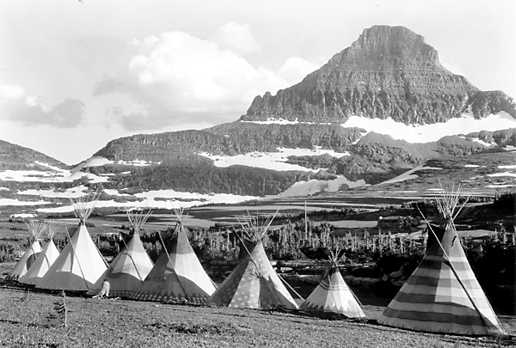Graybill, Andrew R. The Red and The White: A Family Saga of The American West, Liveright Corporation (W.W. Norton), New York, 2013 (338pp.$28.95)
Malcolm Clarke ranched on Prickly Pear Creek, south of Helena, where he ran cattle and lived with his wife, a Piegan Blackfoot Indian named Cutting Off Head Woman, whom Clarke had married while a factor for the American Fur Company working out of Fort Benton on the Missouri River. Also on the ranch in August, 1869, were Clarke’s son Horace and daughter Helen, both Metis, or “mixed breeds”, who lived in a bifurcated world suspended between the White and Piegan worlds of frontier Montana. Malcolm Clarke was a successful and famous fur trader. He was recognized as a “friend” to the Indians. But he also had a temper and was known for his numerous violent encounters. One of those encounters was with a young Piegan named Pete Owl Child, who had his own violent streak caused by anger at increasing White encroachment on Blackfeet land, Piegan grievances against Clarke’s company, and the cultural despair common to many younger Blackfeet warriors. Pete Owl Child was a cousin to Horace and Helen and his father was brother to Clarke’s wife. These facts make Malcolm Clarke’s murder by Pete Owl Child and his small raiding party one day in mid-August 1869 particularly grim. Though shot in the face, Horace survived.
Andrew R. Graybill’s new book, The Red and the White is a beautifully written and carefully researched account of the facts leading up to what is now known as the Marias Massacre in which more than 200 peaceful Piegans were killed by 400 heavily armed soldiers of the U.S. Second Cavalry before dawn on a cold winter day in January, 1870. Among the armed men was Horace Clarke, half Piegan.
Sanctioned by the infamous Indian Killer William Sherman, the cavalry assembled under the command of Major Eugene Baker, an infamous drunkard. Riding against Mountain Chief’s Blackfeet band, Major Baker’s force paused at dawn on a bluff overlooking the Big Bend of the Marias River and saw a slumbering encampment. Unfortunately, the encampment was that of Heavy Runner’s people, mostly women and old men, whose loyalty was strictly to the Great Father in Washington. Baker was under orders to avoid conflict with Heavy Runner, but he attacked anyway and four hours later two hundred Indians were dead, many wounded, the camp burned, and survivors, including children, taken away. Mountains Chief’s band, camped a few miles downriver, escaped.
Graybill, a professor of history and director of the William P. Clements Center for Southwest Studies at SMU, has written a gripping Western saga. But more, he has plumbed the depth of racial and generational conflict by means of previously unexamined archival material and interviews with descendants on both sides. The Red and the White examines the fur trade, alcohol, disease, and racial attitudes, all within the larger context of Western history and the Clarke family saga which includes a look at the lives of Helen, Horace and their heirs. The book is beautifully made, stocked with both vintage and original photographs, and contains a superb bibliography.
Western history buffs and general readers alike cannot fail to profit from a careful reading of its pages—dramatic, heartbreaking and wise. Major Baker, disgraced, died drunk and penniless.


